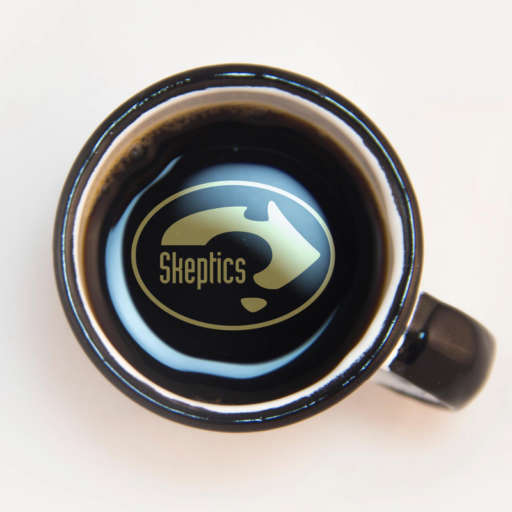This article has been revised and re-posted from August 2011. It first appeared as a Vic Skeptics discussion pamphlet by Peter Barrett of Canberra Skeptics, but it’s up to date: from time to time these machines still get promoted in niche magazines and websites. Vic Skeptics and our interstate colleagues are from time to time called upon to test claims for “Over-parity Engines”, a.k.a Free Energy Machines.
The full range of our discussion pamphlets can be downloaded from the “Useful Info” link at the top of this page.

Imagine you have an ordinary one litre jug. Two things which I’m sure you’d agree with are that you couldn’t pour more than a litre of water into it or empty more than one litre out of it.
Now imagine you had two such jugs, one full to the brim with water and the other empty. Pour the water from one jug to the other and back again. Repeat this process as often as you like. Is there any way you could imagine that you’d end up with more than one litre of water split between the two jugs? 
The logical answer is “No.” In fact, due to spillage and evaporation, it’s more likely that you’d end up with less than one litre of water.
This is a fairly accurate representation of one of the most basic principles of physics, known as Conservation of Energy. This principle states that energy can change form, but can’t be destroyed or created. A good example of this is the production of household electricity in Australia. Most electricity in Australia is generated by burning coal. The coal has chemical energy. When it’s burned, it releases heat energy.
This energy heats water to steam, which turns a turbine (kinetic energy). The turbine drives a generator, producing electrical energy. We then use this electrical energy for heating, cooling, running the TV, and so on. View More A Skeptic’s Guide to Free Energy Machines
 CROSSWORD with Religious Imagery as its theme.
CROSSWORD with Religious Imagery as its theme.


